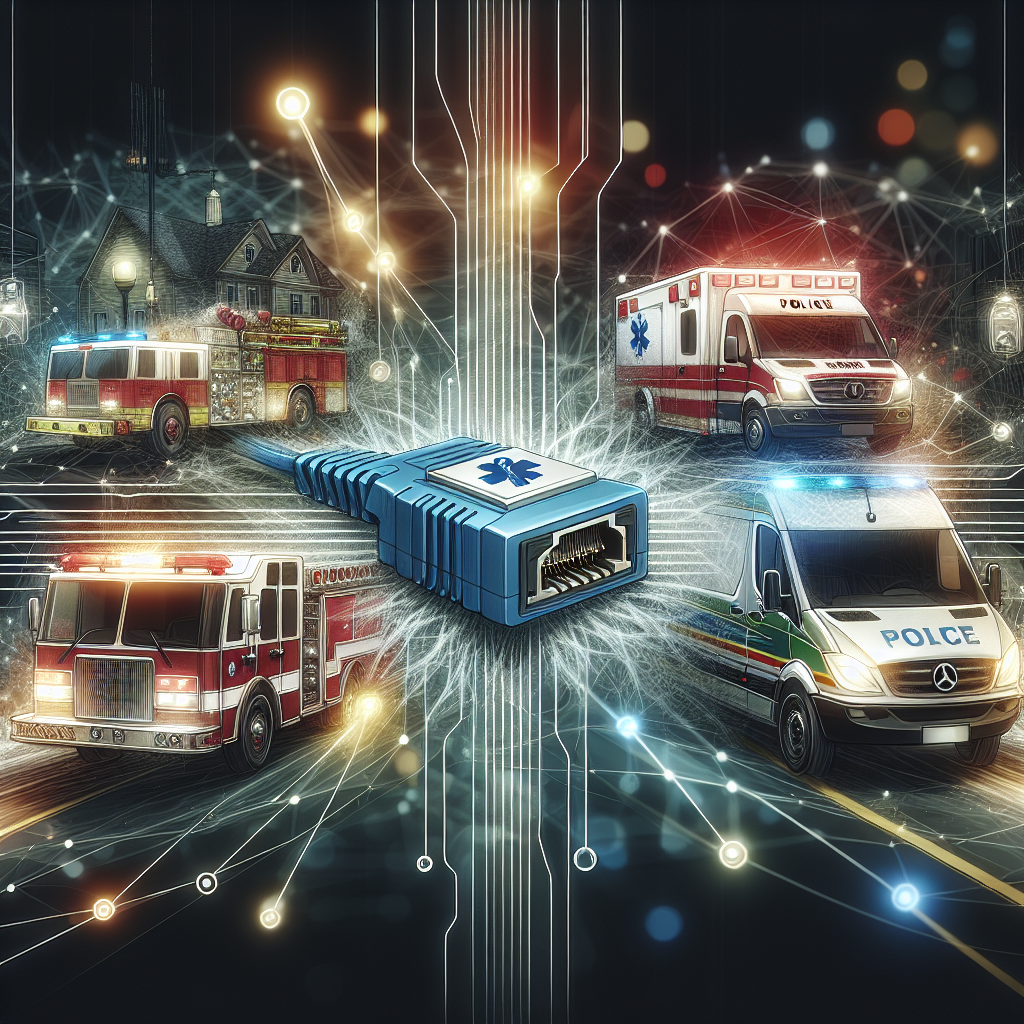Emergency services depend critically on reliable and efficient network connectivity. From rapid data transfer to seamless communication among teams, optimizing network adapters is vital to ensure these services function without hiccups. In this article, we discuss essential techniques and practices to optimize a network adapter for emergency services, enhancing performance and reliability.
Key Factors Influencing Network Adapter Performance
| Factor | Description |
|---|---|
| Bandwidth | The amount of data that can be transmitted over a network connection within a specific time frame. |
| Latency | The time it takes for a data packet to travel from the source to the destination. |
| Jitter | Variability in packet delay at the receiving side of the network. |
| Packet Loss | Percentage of packets that fail to reach their destination. |
| Network Congestion | When a network node is handling too much data, resulting in queuing delays and packet loss. |
Steps to Optimize Network Adapters for Emergency Services
1. Select High-Performance Network Adapters
Choosing high-quality, capable network adapters is the first step. Look for adapters that support the latest standards such as 10GbE (Gigabit Ethernet) or higher. Ensure they also offer advanced features like interrupt moderation, energy-efficient Ethernet (EEE), and support for traffic segmentation and prioritization.
2. Ensure Up-to-Date Drivers and Firmware
Manufacturers frequently release updates to drivers and firmware for network adapters to improve performance and security. Regularly check for updates and apply them to ensure optimal operation.
3. Optimize Adapter Settings
- Receive Side Scaling (RSS): Distributes network processing across multiple CPU cores, reducing the load on a single core.
- Jumbo Frames: Allows larger packets to be transmitted, reducing overhead and improving throughput on high-speed networks.
- Offloading: Enable features like TCP offloading to reduce CPU workload by handling network protocol processing on the network adapter itself.
4. Prioritize Emergency Traffic
Emergency services often deal with critical and non-critical data. Implement Quality of Service (QoS) to prioritize traffic for vital data, ensuring that important communications and information get through without delays.
5. Utilize Redundancy and Failover
Redundancy is crucial for emergency services. Implement network failover solutions such as NIC teaming or bonding to ensure continuous connectivity even if one network path fails.
6. Monitor Network Performance
Continuously monitor network performance using specialized tools. Look for metrics such as bandwidth usage, latency, jitter, and packet loss to identify and address potential issues proactively.
7. Implement Network Security Measures
Security is paramount. Ensure your network adapters and systems are protected from malicious activities with measures such as firewalls, intrusion detection systems (IDS), and encryption.
8. Regular Maintenance
Conduct routine inspections and maintenance of network hardware and connections. Address any wear and tear or damages that might affect performance.
Best Practices for Emergency Network Optimizations
- Cabling: Use high-quality cabling to reduce signal loss and interference.
- Segmentation: Segment the network to isolate critical services and reduce the impact of any potential disruptions.
- Documentation: Keep comprehensive documentation of network configurations and changes to facilitate troubleshooting and maintenance.
Challenges and Solutions
Optimizing network adapters for emergency services comes with its own set of challenges. Here, we address common issues and their solutions:
1. Bandwidth Limitations
Solution: Use adaptive compression techniques and bandwidth allocation strategies to maximize available bandwidth.
2. Interference
Solution: Implement shielding and use spectrum analyzers to identify and mitigate sources of interference.
3. Hardware Failures
Solution: Utilize redundant hardware and perform regular testing and maintenance to preempt failures.
Conclusion
Optimizing network adapters for emergency services is critical to ensuring seamless and reliable communication and data transfer. By selecting suitable hardware, maintaining up-to-date firmware, and implementing optimization techniques, emergency services can enhance their operational efficiency and responsiveness. Regular monitoring and proactive maintenance further ensure that network performance remains robust in critical situations.

